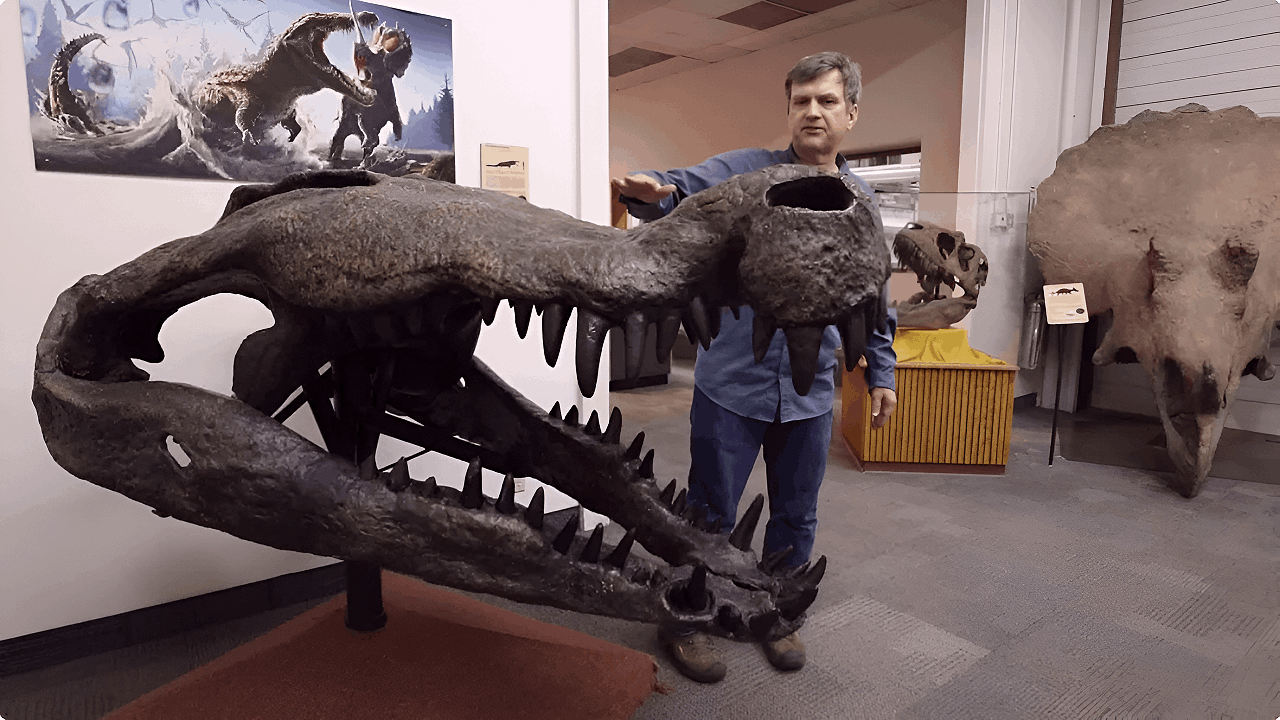
In the wild lands of Patagonia, Argentina, scientists came across a fossil that is nothing short of extraordinary. As they dug into rocky ground, they discovered a dinosaur fossil that had a real surprise inside, an old crocodile’s limb bone was trapped right in its jaws!
This find took place in the famous Lago Colhué Huapi formation, an area packed with ancient secrets. Patagonia has given up dinosaur fossils before, but this one stands out for how well everything was preserved. This particular surprise helps us imagine what life was like so long ago, when giant predators roamed in the shadow of volcanoes and forests.
Joaquinraptor casali
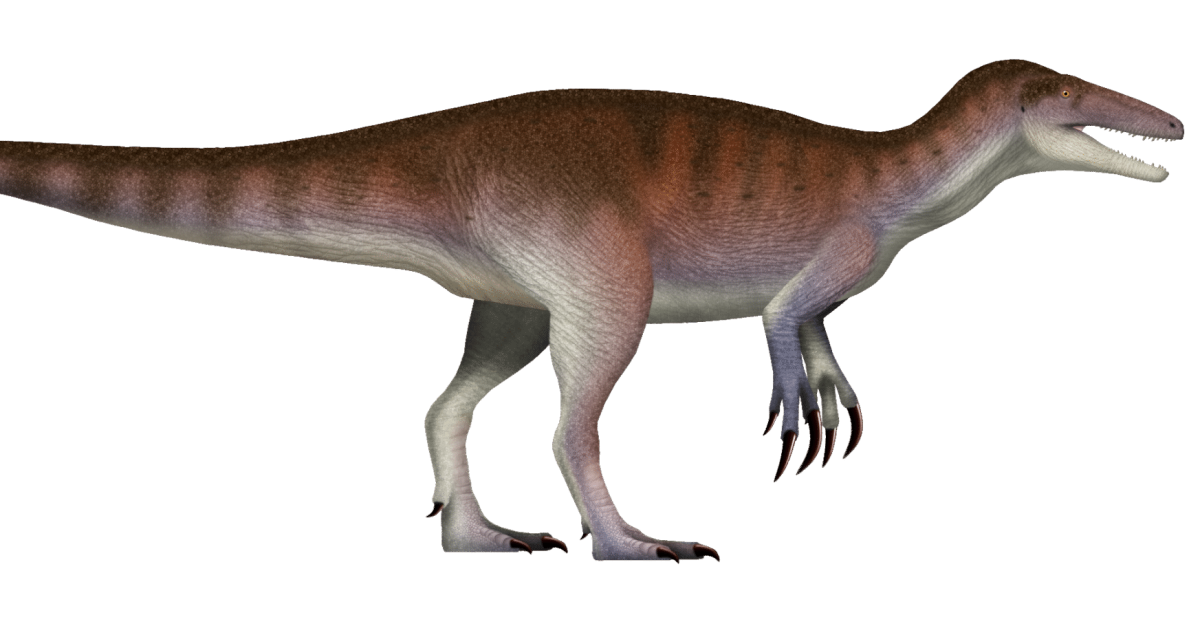
This incredible creature was named Joaquinraptor casali, a name that carries not just scientific meaning, but also a touch of heart. The dinosaur’s name honors the son of one of the scientists who found it.
According to Federico Agnolin, a leading researcher on the team, “Joaquinraptor casali fills a major gap by providing one of the most complete skeletons yet”. For those who uncover fossils, the work is often grueling, but with finds like this, the reward doesn’t just come in recognition, it becomes part of a legacy.
How Big Was Joaquinraptor?
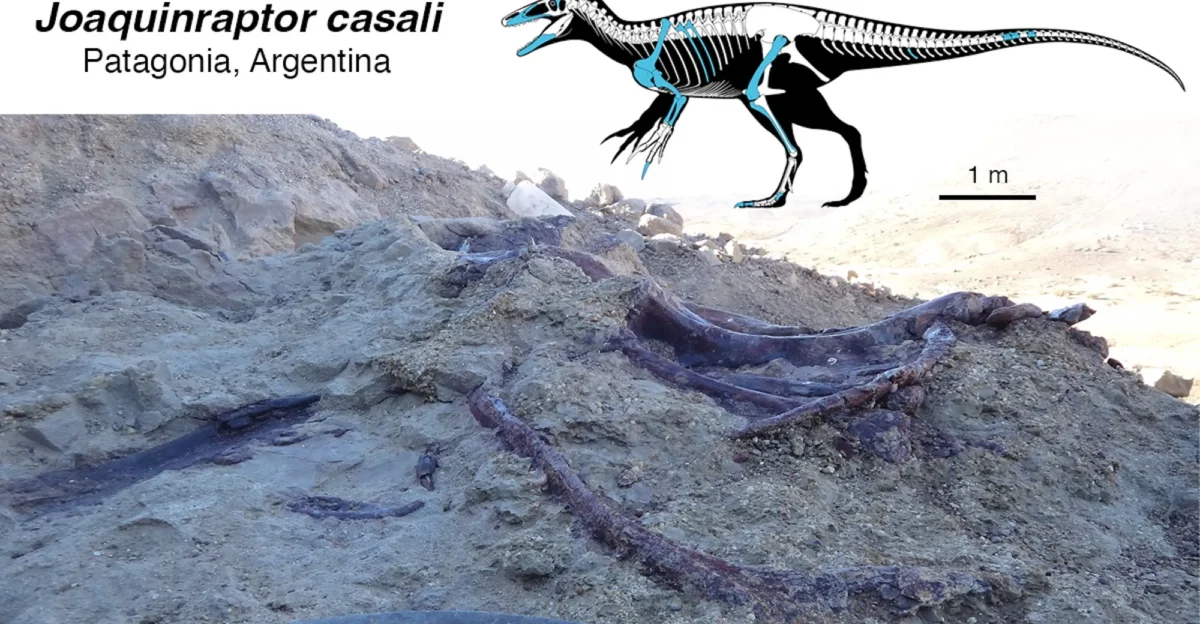
No one would want to stumble across Joaquinraptor casali back in its day unless at a safe distance. This predator stretched an impressive 23 feet, about as long as a small bus! Scientists estimate it weighed over 2,200 pounds, as much as a big car.
The researchers figured out its size from the length of its bones and the shape of its skull. Its sheer size meant it probably ruled its environment, able to challenge and eat anything that came near enough.
Meet the Megaraptor Family
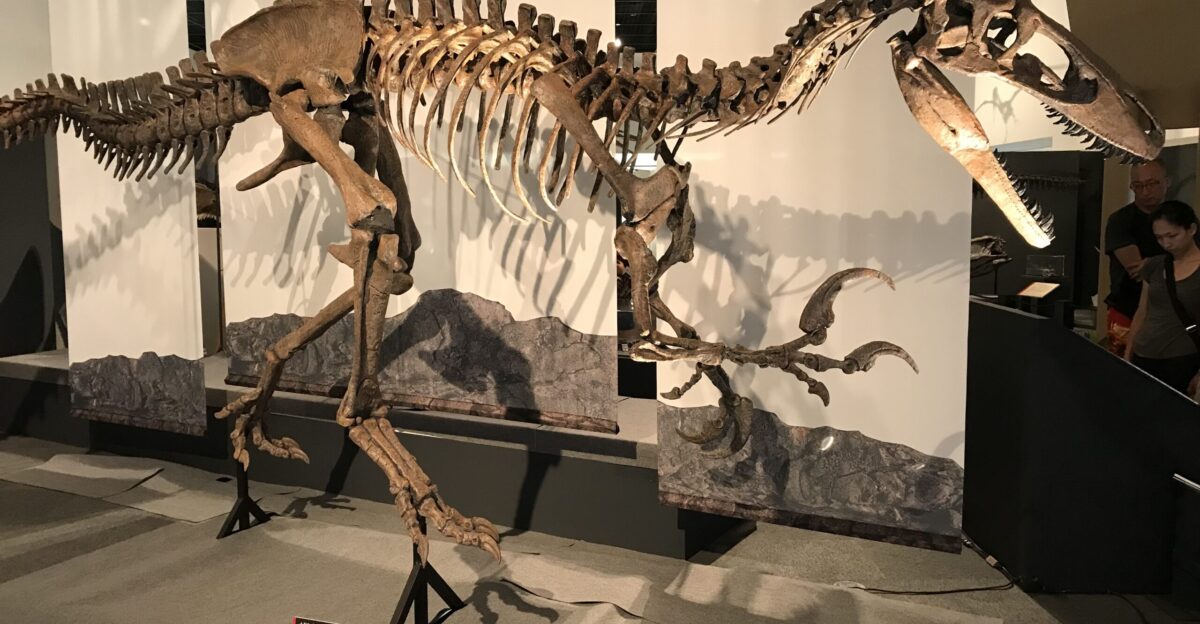
Joaquinraptor was a member of the megaraptor family, a fearsome group of predatory dinosaurs. These creatures are recognized for their long, narrow skulls and huge, strong claws. Unlike the famous T-rex, megaraptors had arms built for grabbing and holding prey rather than just biting.
Megaraptorans have been found not only in South America, but also in Asia and Australia, showing they managed to spread far and wide before the dinosaurs went extinct.
Unique Skulls and Teeth
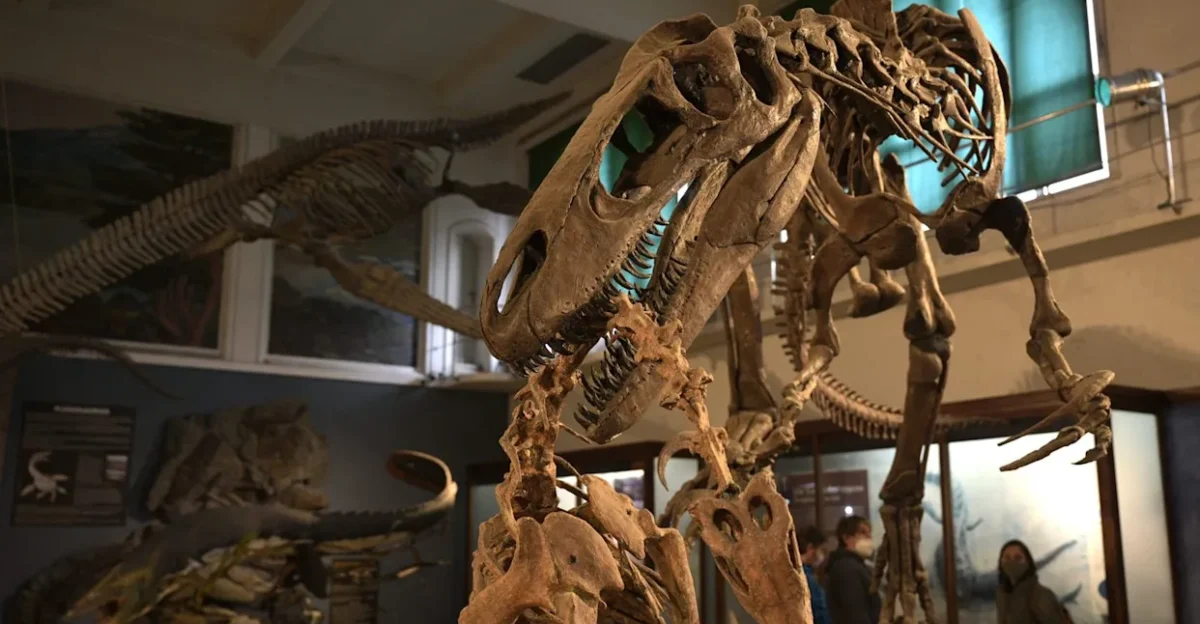
One feature that really stands out about Joaquinraptor is its skull. While many meat-eating dinosaurs had boxy, rounded faces, this dinosaur’s head was more like a long, sleek tube. Its teeth weren’t the largest among predators, but their shape allowed them to slice and hold onto prey.
The teeth and jaws worked together much like a chef’s knife and tongs, perfect for biting into tough meat and holding onto slippery prey like crocodiles.
What’s In Its Mouth?
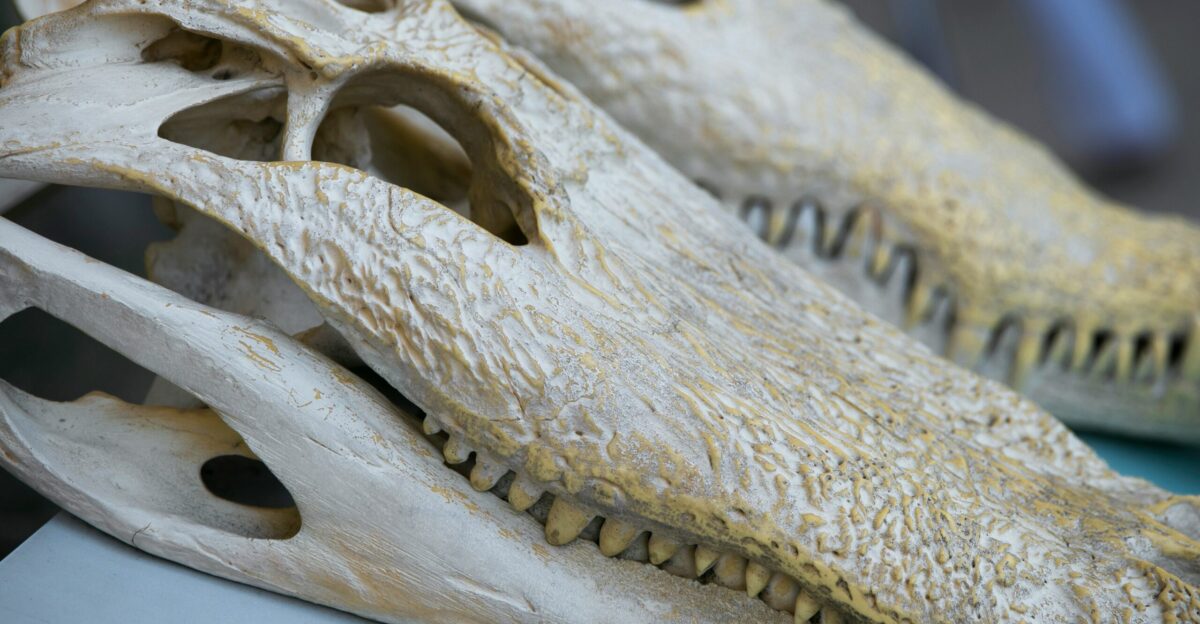
One of the wildest things about this discovery is the fossilized crocodile leg bone found locked in the dinosaur’s jaws. It’s not every day that scientists find a predator’s last meal perfectly preserved with its skeleton. This bone belonged to a type of ancient crocodile that lived at the same time.
The fact that the bone was pressed so closely to the dinosaur’s lower jaw suggests it was still eating when disaster struck.
Evidence of a Last Meal

Most fossils don’t let us see creatures in the act, so this one is especially fascinating. Experts believe that the way the crocodile limb sits in the jaw indicates that Joaquinraptor was either biting or just about to swallow its meal.
This is an incredibly rare look at ancient behavior, giving experts direct proof of how this dinosaur hunted and what it liked to eat.
How Old Was the Dinosaur?
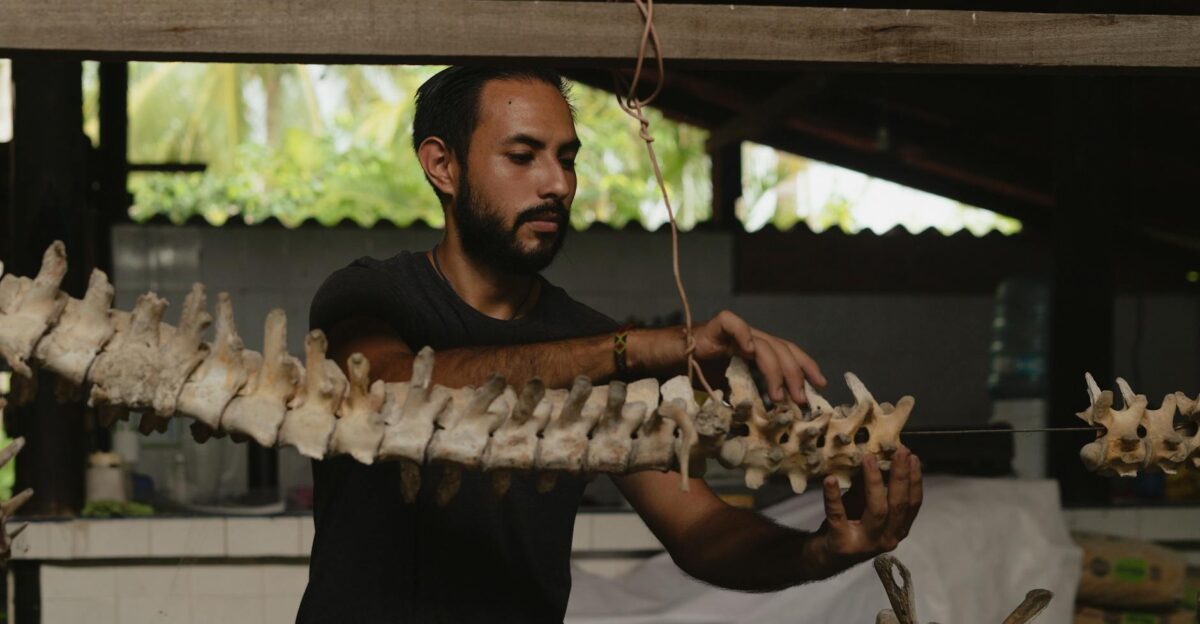
Scientists used a method called bone histology, looking at the growth rings inside bones, to find out the dinosaur’s age. Just like counting rings in a tree, these bands tell scientists how many years the animal lived.
Joaquinraptor was about 19 years old when it died, making it an adult but not yet a senior. This hints that if it had lived longer, it might have grown even larger.
Life in Cretaceous Patagonia
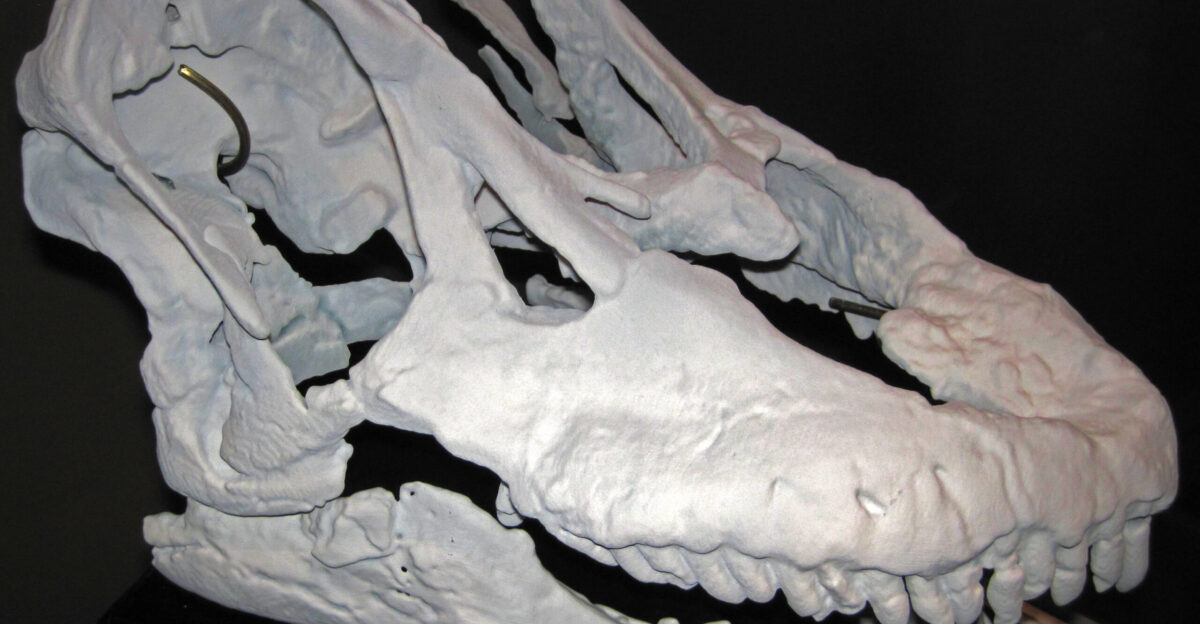
Joaquinraptor walked the earth around 66 to 70 million years ago, just before dinosaurs disappeared forever. At the time, Patagonia was far different from what it is now. The area was filled with rivers, forests, and humid floodplains, making it a great place for all sorts of ancient life.
All this water and greenery meant there were many places for predators and prey to hide, hunt, and live out their lives.
A Habitat Full of Life
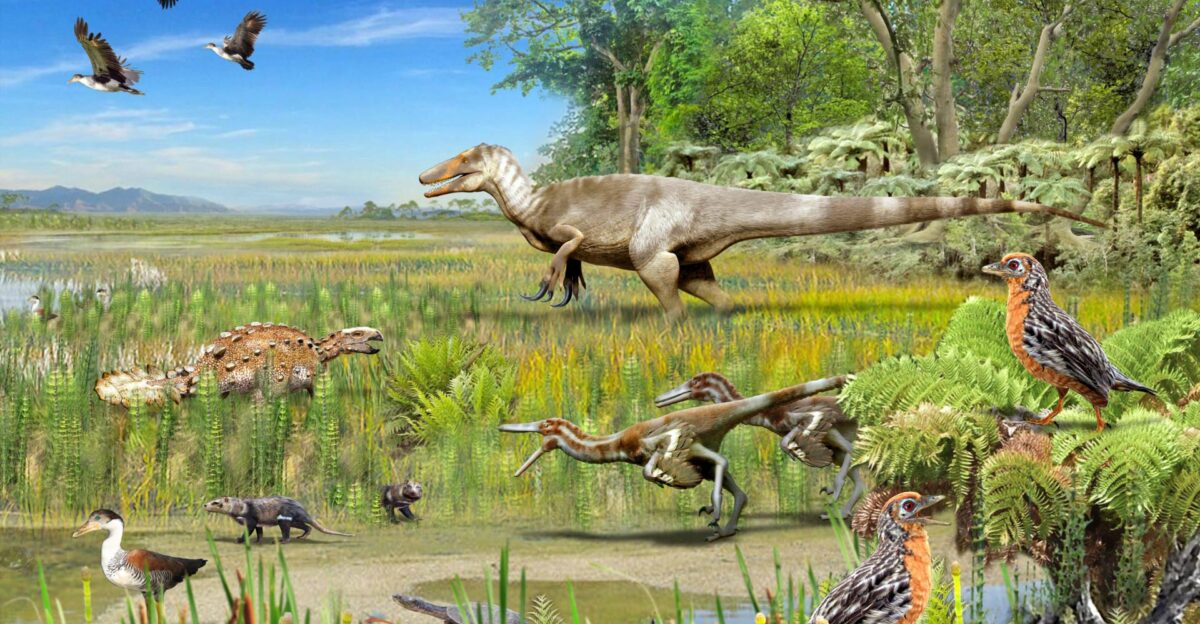
The place where Joaquinraptor lived wasn’t dry and empty like parts of Patagonia today. Instead, it was a landscape shaped by water. Rivers twisted and spilled across broad floodplains, giving rise to rich forests and marshy zones.
Many animals lived here, from other dinosaurs to armored fish and, of course, ancient crocodiles. Sediment and soil left behind tell scientists that this was a lush and humid world.
King of the Food Chain
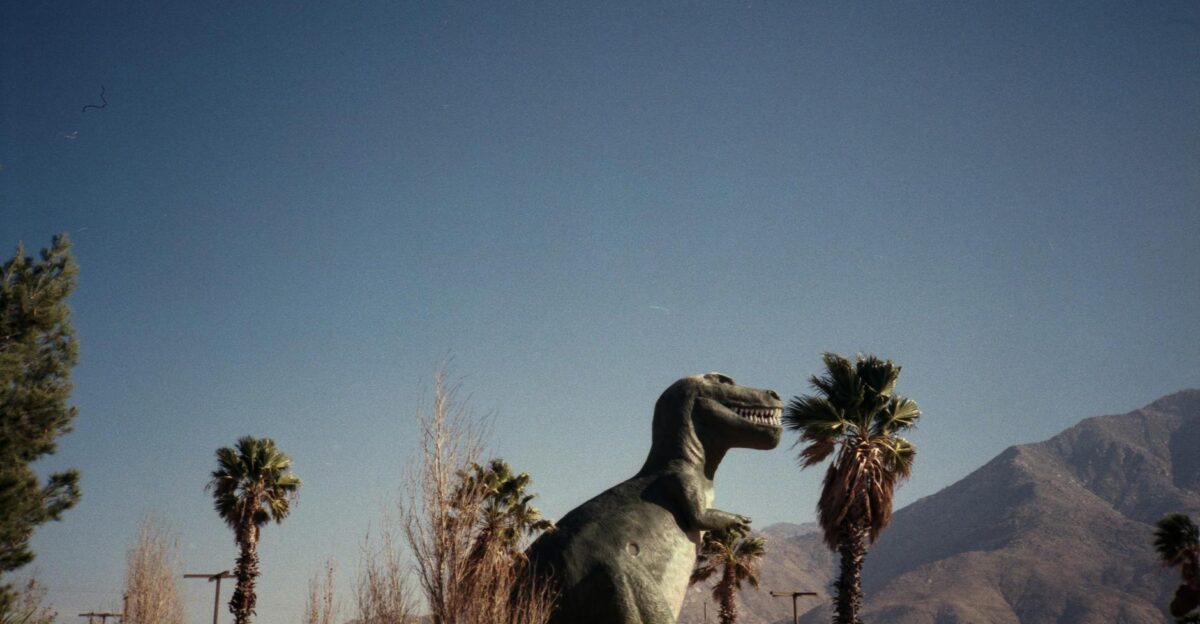
Without big rivals like tyrannosaurs in South America, Joaquinraptor probably didn’t have much to fear. It was the biggest predator in its ecosystem, meaning it sat at the very top of the food chain.
Studies show that megaraptorans were the dominant hunters throughout much of the continent. The presence of tough prey shows these hunters tackled dangerous meals. Joaquinraptor likely kept any smaller carnivores in check, ruling its territory with strength and sharp claws.
Why the Fossil Is So Special
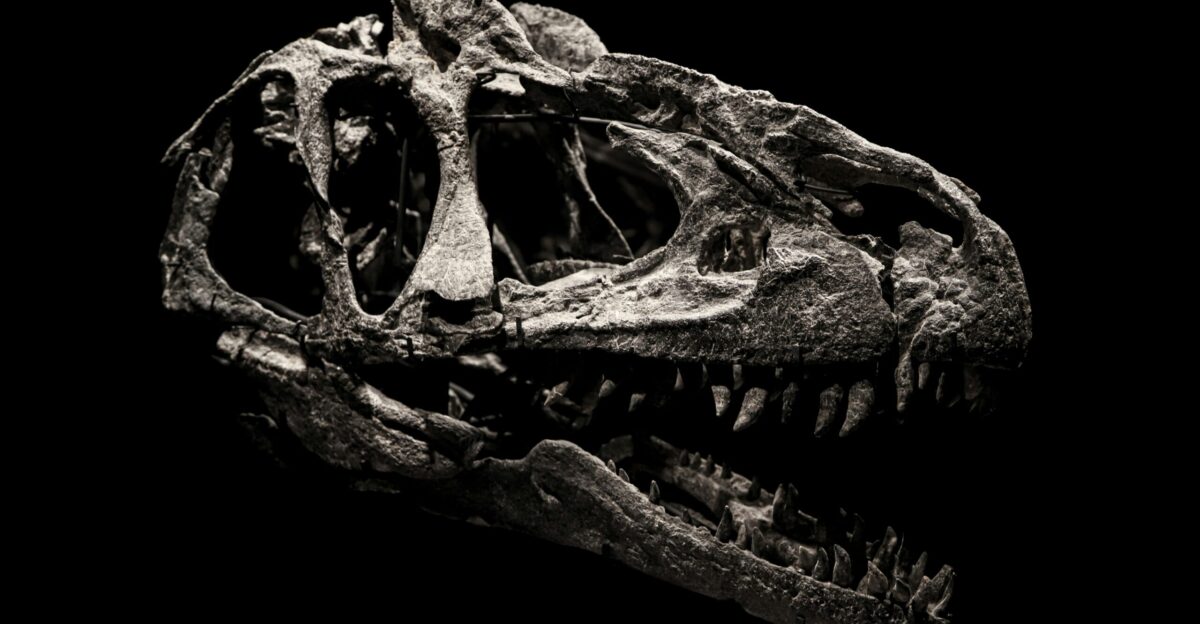
Most dinosaur fossils are found in pieces, just a limb here, a bit of skull there. But with Joaquinraptor, scientists found much more, parts of the skull, both front and back legs, ribs, vertebrae, and even the crocodile’s limb.
This degree of completeness is rare for megaraptorans. Such a well-preserved fossil lets paleontologists answer far more questions about how these dinosaurs lived, hunted, and even moved.
Calm Burial
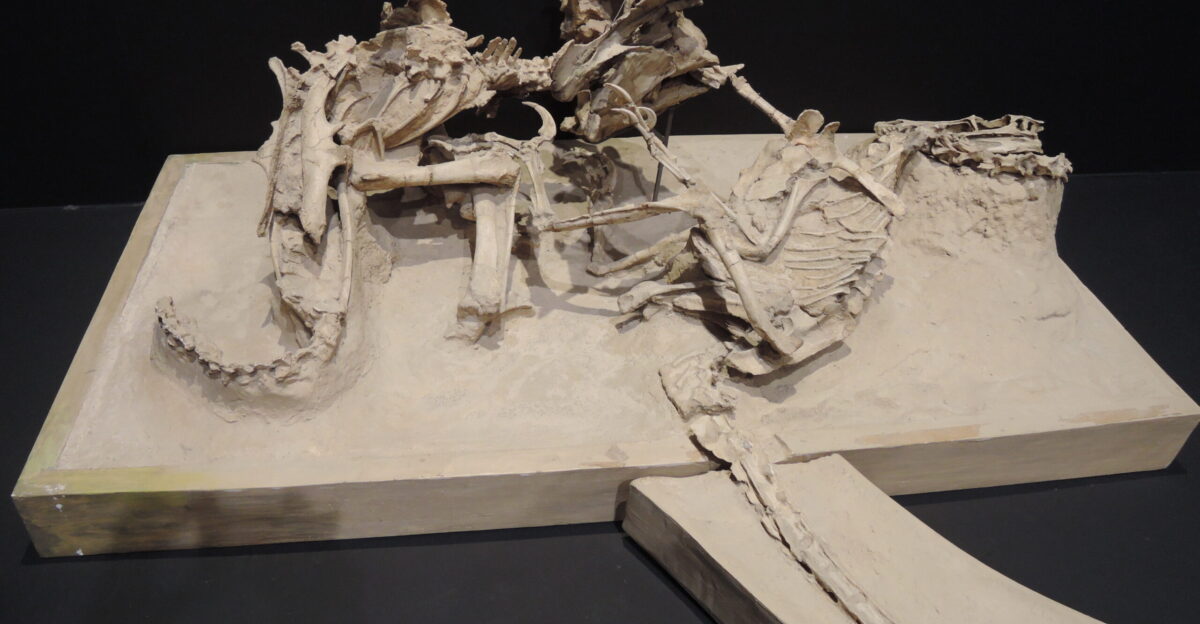
The way the fossil was buried tells its own story. Scientists studied the rocks and realized the bones weren’t jumbled by water or swept by mudslides. Everything was laid down gently, suggesting the dinosaur and its meal died and were quickly covered by sediment.
That means it wasn’t just luck or chance that put the crocodile bone in the dinosaur’s mouth, the two creatures were locked together just as they were found.
Filling a Fossil Gap

Joaquinraptor is an especially important fossil because megaraptorans are usually only found in pieces. This discovery provides a nearly complete skeleton, helping paleontologists fill in a big gap in the dinosaur family tree.
It helps researchers see how megaraptorans evolved over millions of years, connecting earlier members of the group with those that lived just before dinosaurs vanished.
What Megaraptors Ate
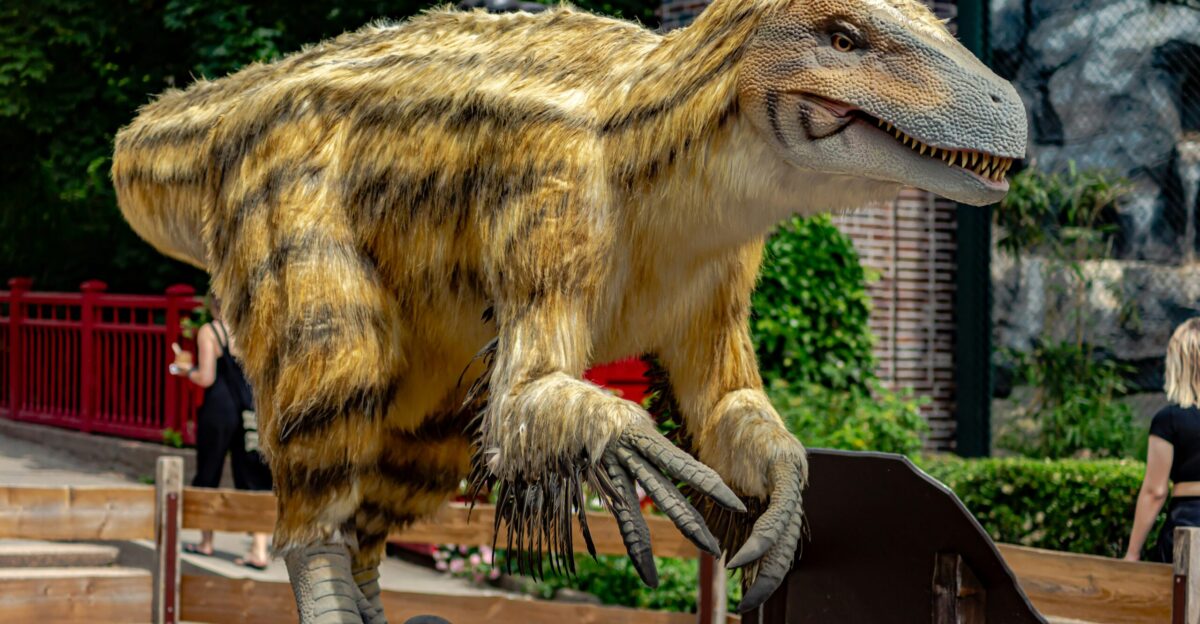
With a crocodile limb wedged in its jaw, it’s clear that Joaquinraptor was a meat-eater that didn’t shy away from tough prey. Most theories had already suggested that megaraptorans hunted large animals, but now scientists have direct evidence.
It proves these dinosaurs actively hunted—and successfully ate—other large creatures like crocodilian relatives.
How Scientists Studied the Fossil
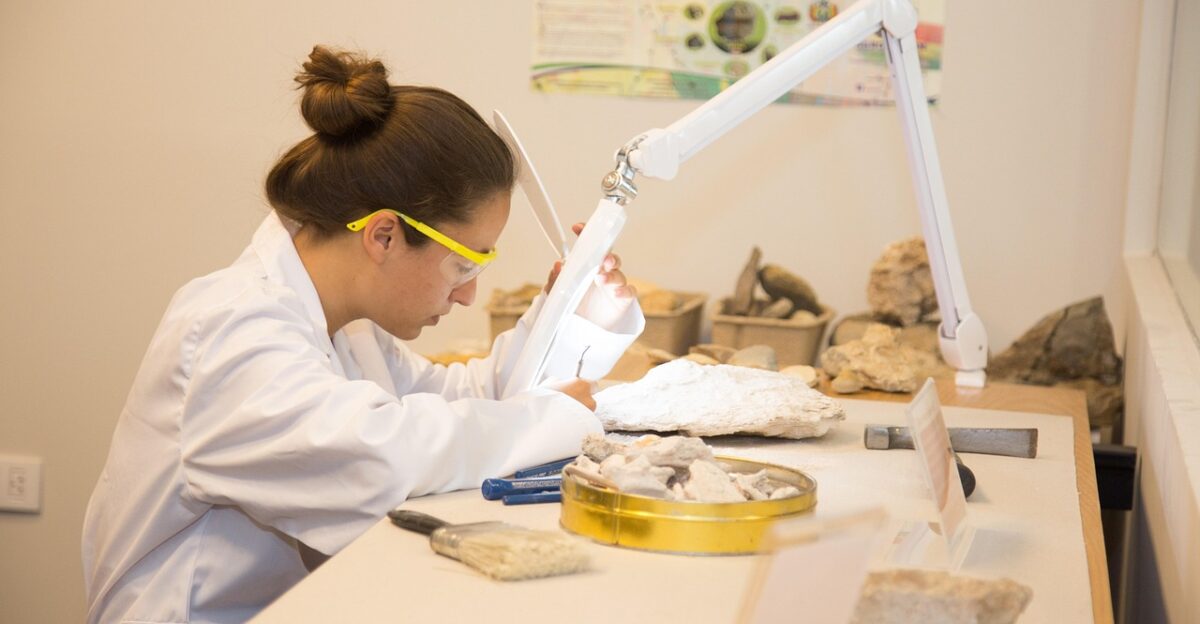
To get all these answers, scientists didn’t just use their eyes. They employed technology like CT scans, bone histology, and sediment analysis to study the fossil. CT scans let them look inside bones without destroying them, while histology revealed age and growth rates.
By analyzing the sediments, researchers figured out what kind of world Joaquinraptor lived in.
The Dying Mystery
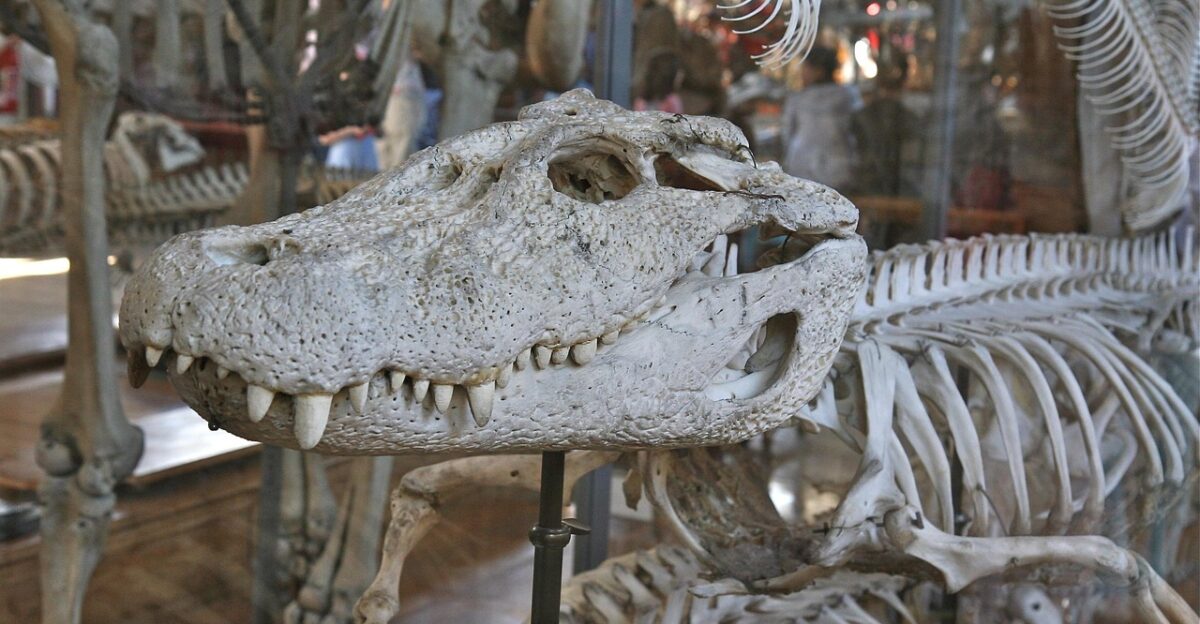
While the position of the crocodile bone tells a lot, the exact cause of the dinosaur’s death is still a challenge. Some scientists wonder whether the dinosaur might have choked on the limb while trying to eat it, while others think it might have died for different reasons and just happened to have its last meal in its mouth.
For now, the true story is still a bit of a mystery, and researchers hope future studies may provide more clues. The science isn’t finished yet, every fossil has another story to tell.
A Discovery with a Global Impact
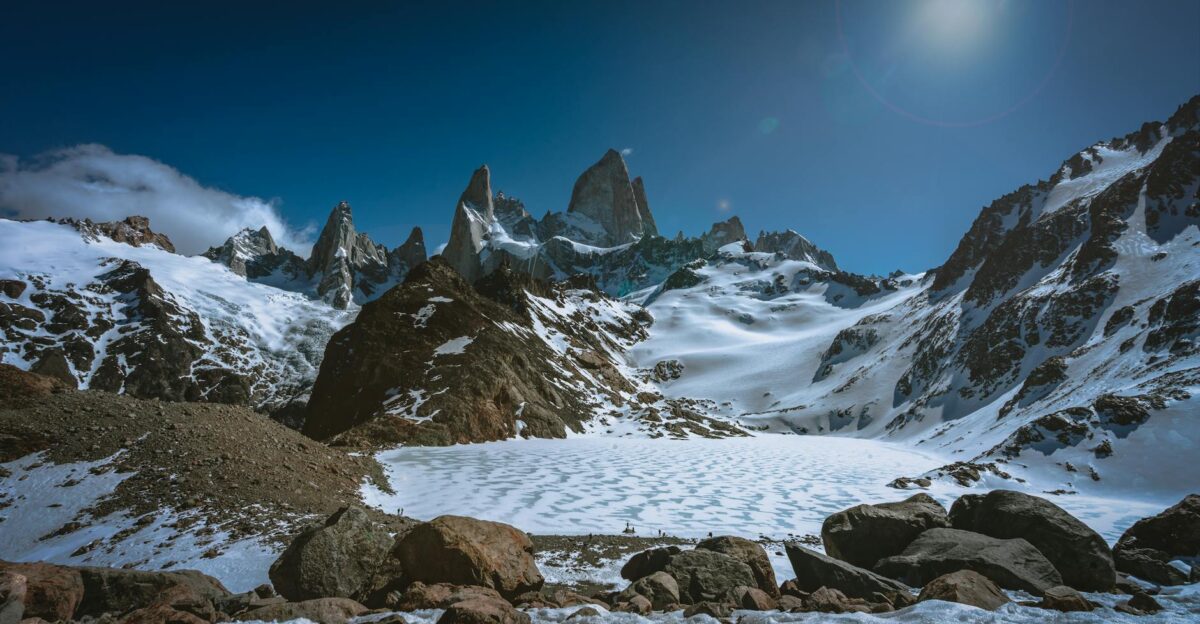
This find is important not just for Patagonia or even just Argentina, it helps paleontologists understand theropod dinosaurs all over the world. The way Joaquinraptor hunted and ate sheds light on similar big predators elsewhere during the late Cretaceous period.
Every new fossil like this lets experts reconsider what dinosaurs ate, how they lived, and which species ruled their domains before the asteroid hit.
What’s Next for Research
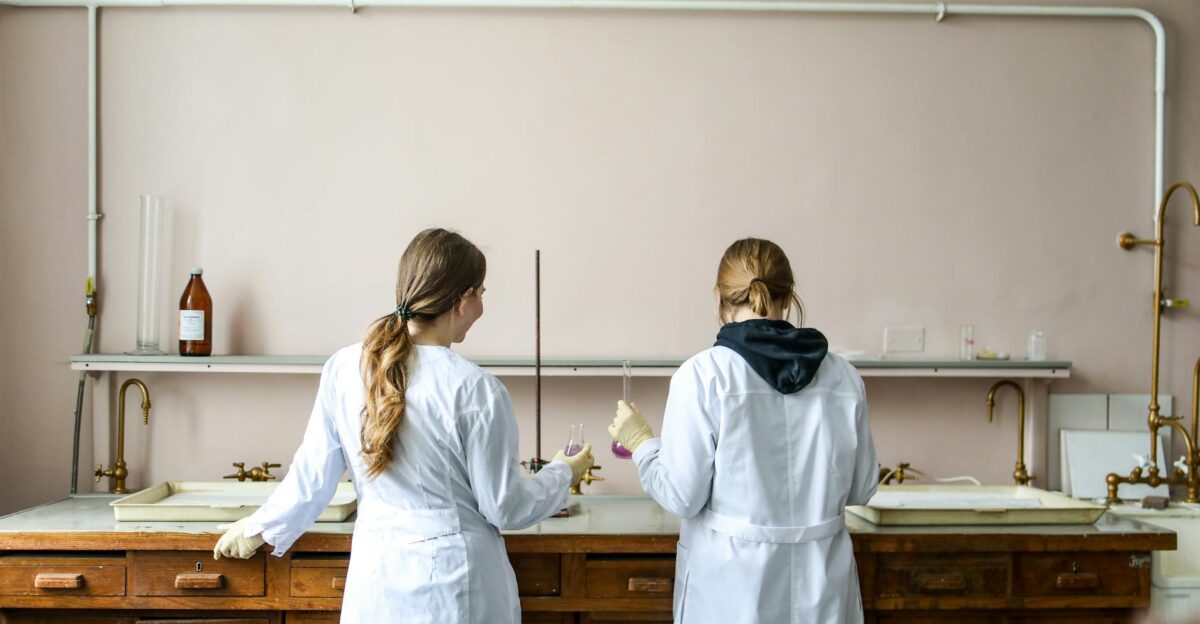
Scientists aren’t done with Joaquinraptor just yet. Ongoing work includes figuring out exactly where it fits in the dinosaur family tree, its exact lifestyle, how fast it grew, and how it interacted with other animals around it.
Technology and new techniques mean that every few years, old fossils can tell scientists new things. It’s a process that keeps revealing secrets long after the dig is finished.
Remembering Joaquinraptor and The People
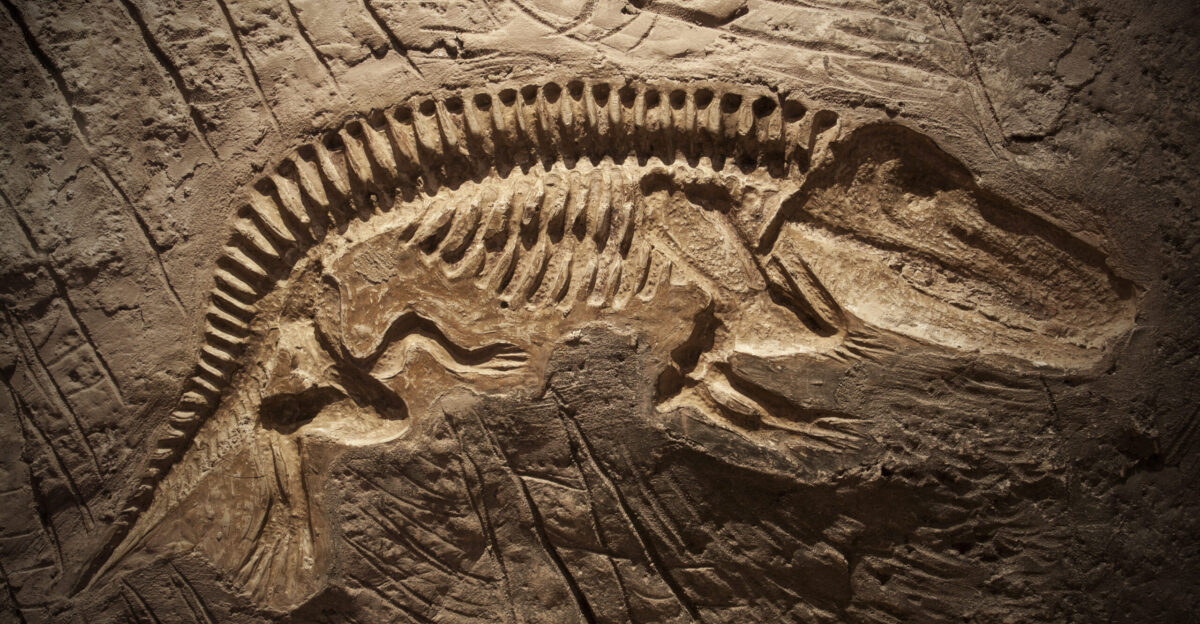
Every fossil discovery is also a story about the people who dig, study, and dream about life’s ancient past. Naming Joaquinraptor casali after a scientist’s son is a reminder that science is deeply human.
Paleontology is often about families, researchers, field crews, mentors, and young scientists all working together to piece together the past. This dinosaur, now known around the world, stands as a tribute to both Earth’s wild history and the dedication of those determined to uncover its secrets.
The Power of Fossil Snapshots
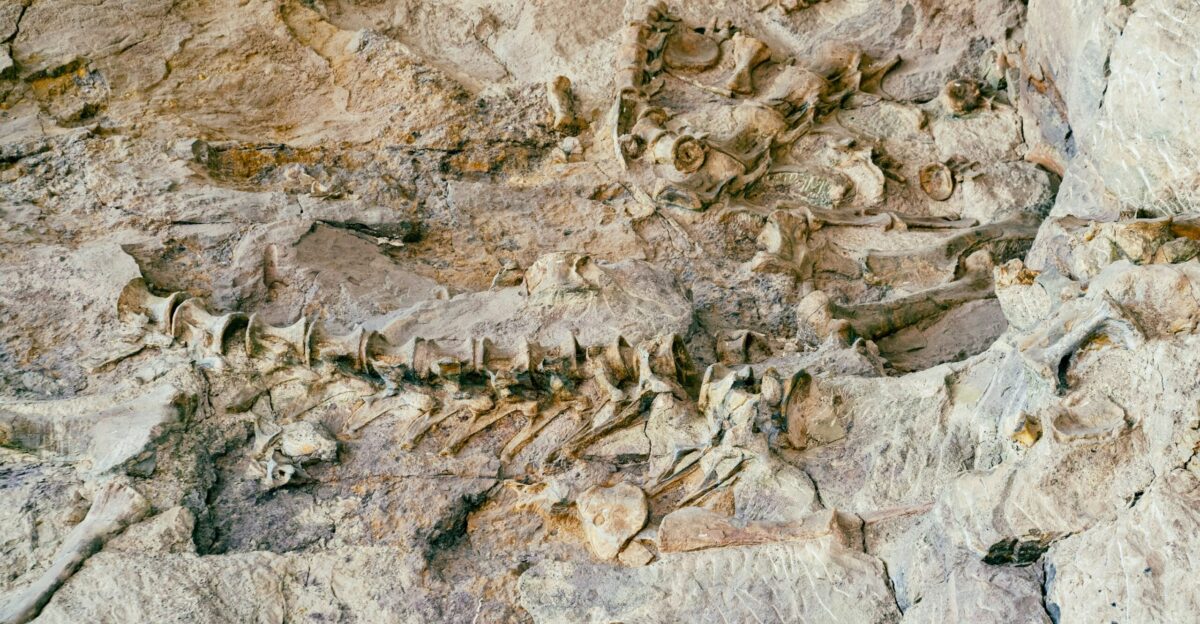
What makes this discovery so magical is that it’s not just a bunch of bones, it’s a real-life moment from 70 million years ago. To see predator and prey locked together is something most paleontologists dream about.